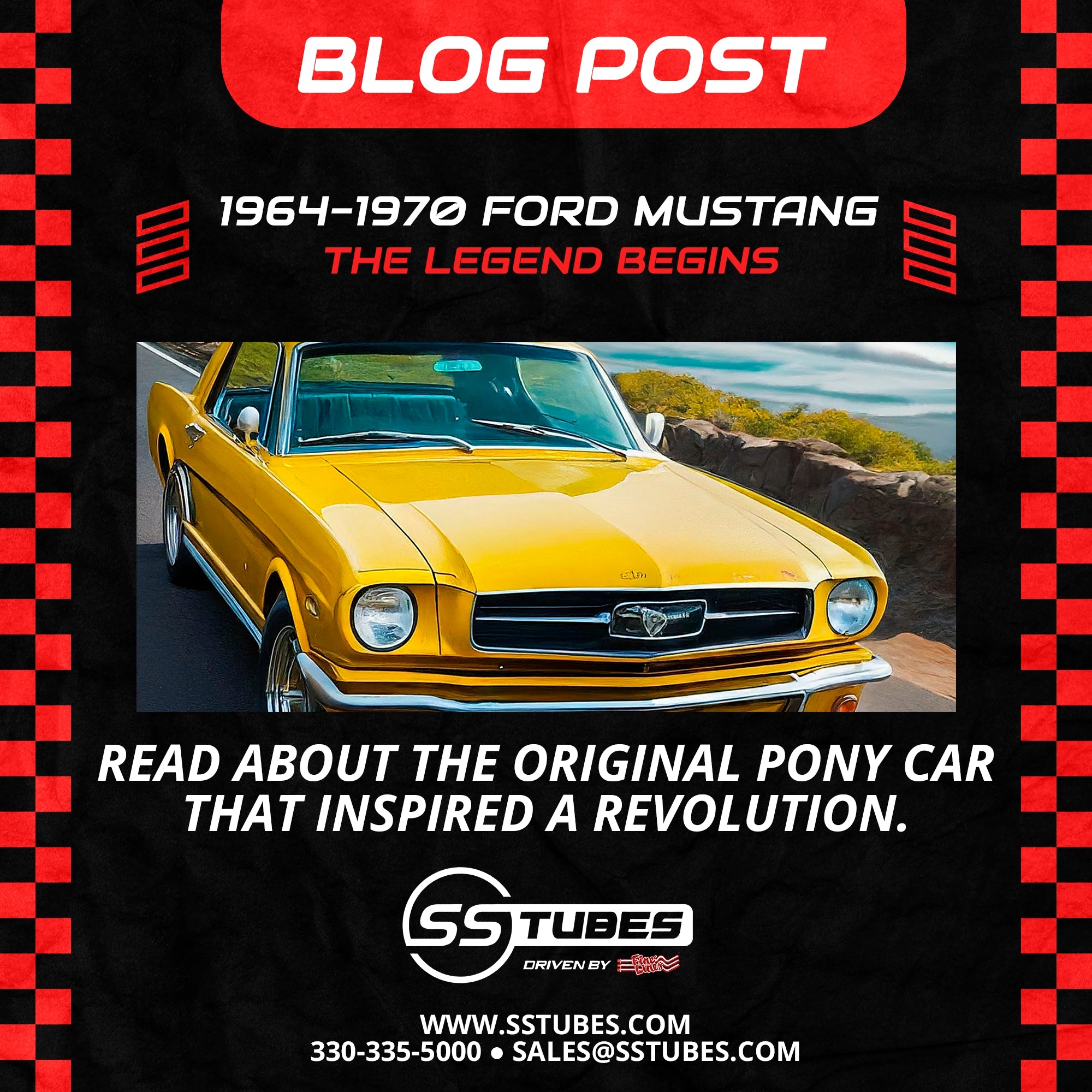The 1964-1970 Ford Mustang was more than just a car; it was a cultural phenomenon. Introduced in April 1964, the first Mustang defied categorization. Sharing a platform with the Ford Falcon, it was initially positioned as a compact car, but its design language spoke a different story. The long hood, accentuated by simple round headlights, contrasted with the sharply chopped rear end, creating an instant classic. This wasn't just aesthetically pleasing; it provided excellent weight distribution for surprisingly nimble handling.
From Frugal to Fast

The Mustang's genius was in its accessibility. The base model, equipped with a frugal straight-six engine, was priced attractively, targeting young buyers. But for those seeking thrills, Ford offered a range of V8 options, transforming the Mustang into a muscle car. The iconic 289 cubic inch V8, later upgraded to the mighty 302, delivered enough power to leave tire marks on command. Options like the GT package further enhanced performance with stiffer suspension, a limited-slip differential, and a front disc brake setup.
Beautiful and Strong, Like it’s Namesake

Beyond its mechanical prowess, the Mustang offered a multitude of trims and customization options. The sleek hardtop coupe was joined by a convertible for open-air cruising. The fastback variant, introduced later in 1964, added a touch of practicality with a hatchback design. Interiors could be dressed up in a variety of colors and materials, allowing buyers to personalize their pony car. Special editions like the Shelby GT350 and GT500 pushed the performance envelope even further, becoming coveted by enthusiasts.
So Much More Than a Car
The Mustang's impact transcended the automotive world. It was a symbol of freedom and rebellion, featuring prominently in movies like Bullitt and music videos. Ownership transcended age and demographics, uniting a generation under the galloping horse emblem. The Mustang's success spurred a flurry of competition, with Chevrolet's Camaro and Dodge Challenger emerging as its main “rivals.” This competition not only benefited consumers but also pushed the boundaries of pony car design and performance.
The Second Decade of a Legend

By the early 1970s, the next Mustang had undergone some changes. Growing in size and weight to accommodate stricter safety and emissions regulations, it strayed slightly from its original formula. However, the foundation laid by the 1964-1970 Mustangs ensured the car's legacy. It cemented the pony car segment, established Ford as a performance leader, and continues to inspire generations of car enthusiasts. Even today, a pristine 1964-1970 Mustang remains a coveted collector's item and a timeless symbol of automotive rebellion.

